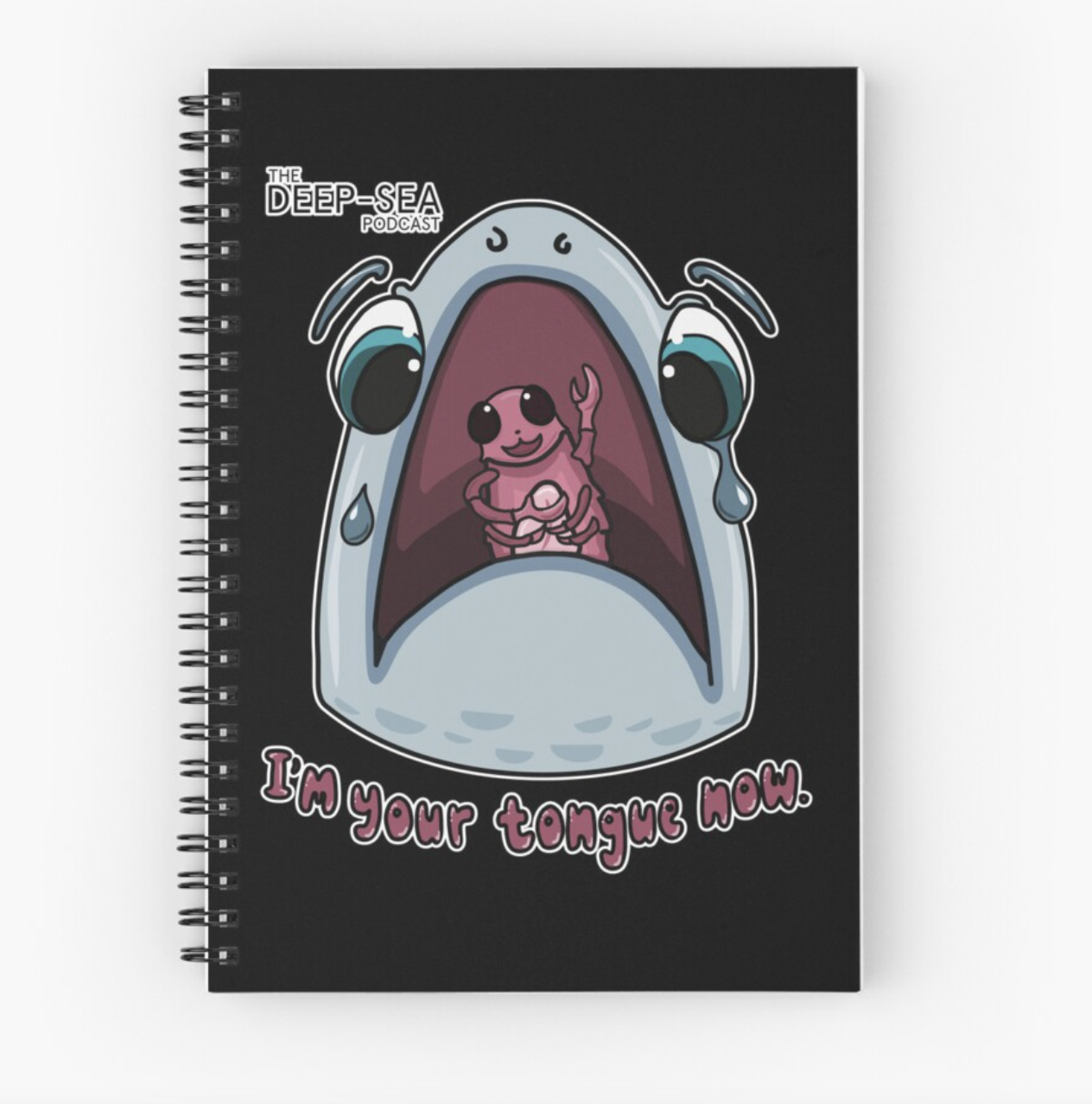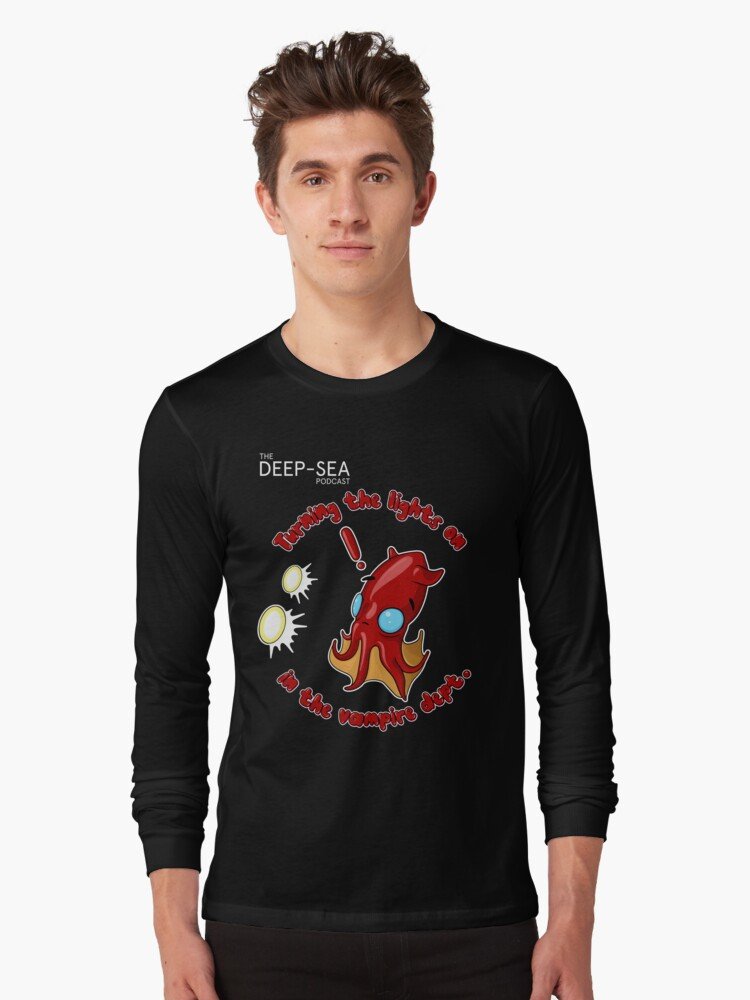Listen on your favourite podcast platform
OR LISTEN RIGHT HERE:
listen to the full episode
listen to the shorter version
Located in southern Siberia and covered in thick ice for almost half of the year, the colossal Lake Baikal reaches depths of 1600m making it the oldest, and deepest lake in the world. With hydrothermal vents, methane seeps and vast swathes of endemic species, this ancient lake was too tempting not to talk about.
We speak with Professor Marianne Moore, a Limnologist who has been working on the lake for over 2 decades. She guides us through its incredible ecosystems and species such as the world's only freshwater seal, deep water insects and foot-long flatworms! Plus, we hear about the myths and mysteries of the lake: from scientifically testing whether the mafia can use amphipods to effectively dispose of bodies, to whether there really is 1600 tonnes of gold hiding at the bottom of the lake.
One of the sculpins found in Lake Baikal (which looks pretty snailfish-ey) alongside one of the giant flatworms!
Little golomyanka (Comephorus dybowskii) which reaches a maximum length of ca. 16 cm. It and the large golomyanka are the 'deep-sea' pelagic fish of L. Baikal. Both are strong vertical migrators, and they share many adaptations of abyssal fish in the ocean. Photo credit: Nick Rodenhouse
Endemic sponges (Lubomirskia baikalensis) form sponge forests in the nearshore zone of L. Baikal at depths of 5-20 m. Their green color is due to a symbiotic alga living within the sponge tissue. Photo credit: Ted Ozersky
We’ll just leave this here.
The Professor is back on land after a succession of crazy adventures which includes writing a paper on backwards swimming in deep sea fish, finding the worlds deepest nudibranch (possibly) plus discovering his friends live in the most metal place ever.
There’s no Coffee with Andrew segment this month as he is taking a well deserved break (and is possibly touring the country looking for the strangest milks he can find), but we do hear from Kakani Kajita about the recent release of FathomVerse - the mobile game helping to contribute to deep sea citizen science. Kakani tells us about how it’s doing in its first month of release, and how it’s already making an impact in training deep sea AI models.
We’re really trying to make this project self-sustaining so we have started looking for ways to support the podcast. Here’s a link to our page on how to support us, from the free options to becoming a patron of the show. We want to say a huge thank you to those patrons who have already pledged to support us:
Elinor Wahl | Andrew Stewart | KJ Quintanilla | Thomas Brattheim
Thanks again for tuning in, we’ll deep-see you next time!
If you liked this episode, you might enjoy these:
DID YOU KNOW WE SELL MERCH?
Check it out here!! And please do send in any pics of you wearing the merch!
Feel free to get in touch with us with questions or your own comments on:
We’d love to actually play your voice so feel free to record a short audio note!
Follow us on social media!
Twitter: @DeepSeaPod, @ArmatusO
Facebook:DeepSeaPodcast, ArmatusOceanic
Instagram: @deepsea_podcast, @armatusoceanic
Keep up with the team on social media:
Twitter: Alan - @Hadalbloke, Thom - @ThomLinley, Georgia - @geeinthesea
Instagram: Thom - @Thom.Linley, Georgia - @geeinthesea
Read the show notes and find out more about us at:
Further resources
Robotic Explorers Uncover Unexpected Ancient Origins of Strange Seafloor Formations
Deep-sea sponge's 'zero-energy' flow control could inspire new energy efficient designs
Lake Baikal reading
Intro to Lake Baikal and lakes:
Mogolov, L.S. 2017. The Soul of Siberia at Risk. Wellesley Magazine. p.16-22.
Moore, M.V., S.E. Hampton, L.R. Izmest’eva, E.A. Silow, E.V. Peshkova, and B. Pavlov. 2009. Climate change and the world’s ‘Sacred Sea’ – Lake Baikal, Siberia. BioScience 59:405-417
Thomson, P. 2007. Sacred Sea: A Journey to Lake Baikal, Oxford University Press. 320 p.
Vincent, W.F. 2018. Lakes. A Very Short Introduction, Oxford University Press. 146 p.
Vents and seeps:
Crane, K., Hecker, B. and Golubev, V., 1991. Hydrothermal vents in Lake Baikal. Nature, 350(6316), pp.281-281.
Zemskaya, T.I., Sitnikova, T.Y., Kiyashko, S.I., Kalmychkov, G.V., Pogodaeva, T.V., Mekhanikova, I.V., Naumova, T.V., Shubenkova, O.V., Chernitsina, S.M., Kotsar, O.V. and Chernyaev, E.S., 2012. Faunal communities at sites of gas-and oil- bearing fluids in Lake Baikal. Geo-Marine Letters, 32, pp.437-451.
Fish:
Sideleva, V.G. 2003. The Endemic Fishes of Lake Baikal. Backhuys Publishers.
Sideleva, V.G. 2004. Mysterious Fish of Lake Baikal. Science First Hand 3:N2. (Note: ‘black umber’ and ‘white umber’, mentioned in this article, are two endemic varieties of the Siberian grayling Thymallus arcticus.)
Sideleva, V.G., 2016. Communities of the cottoid fish (Cottoidei) in the areas of hydrothermal vents and cold seeps of the abyssal zone of Baikal Lake. Journal of Ichthyology, 56, pp.694-701.
Seal:
Nomokonova, T., Losey, R.J., Iakunaeva, V.N., Emelianova, I.A., Baginova, E.A. and Pastukhov, M.V., 2013. People and seals at Siberia’s Lake Baikal. Journal of Ethnobiology, 33(2), pp.259-280.
Watanabe, Y.Y., Baranov, E.A. and Miyazaki, N., 2020. Ultrahigh foraging rates of Baikal seals make tiny endemic amphipods profitable in Lake Baikal. Proceedings of the National Academy of Sciences, 117(49), pp.31242-31248.
Environmental threats:
Moore, M.V., S.E. Hampton, L.R. Izmest’eva, E.A. Silow, E.V. Peshkova, and B. Pavlov. 2009. Climate change and the world’s ‘Sacred Sea’ – Lake Baikal, Siberia. BioScience 59:405-417.
Timoshkin, O.A. 2015. Ecological Crisis on Lake Baikal: Diagnosed by Scientists. Science First Hand 41:N2.
Timoshkin, O.A., D.P. Samsonov, M. Yamamuro, M.V. Moore, O.I. Belykh, V.V. Malnik, M.V. Sakirko, A.A. Shirokaya, N.A. Bondarenko, V.M. Domysheva, G.A. Fedorova, A.I. Kochetkov, et al. 2016. Rapid ecological change in the coastal zone of Lake Baikal (East Siberia): Is the site of the world’s greatest freshwater biodiversity in danger? Journal of Great Lakes Research 42:487-497. doi: 10.1016/j.jglr.2016.02.011
People mentioned
Professor Marianne Moore & Marianne’s excellent paper on interdisciplinary work
Soundtrack of the month
Credits
Theme – Hadal Zone Express by Märvel
Logo image - Vereshchagina et al (2021), Sitnikova et al (2018), Teterina et al (2010)
Edited by - Georgia Wells














